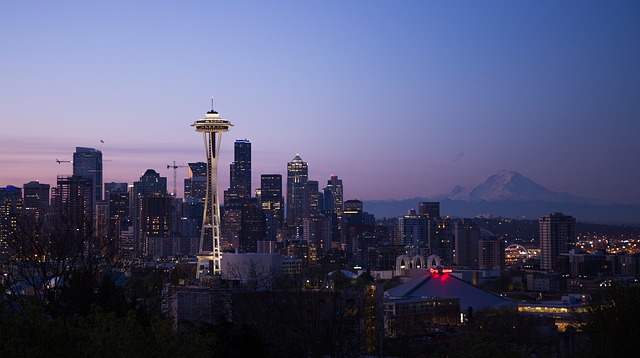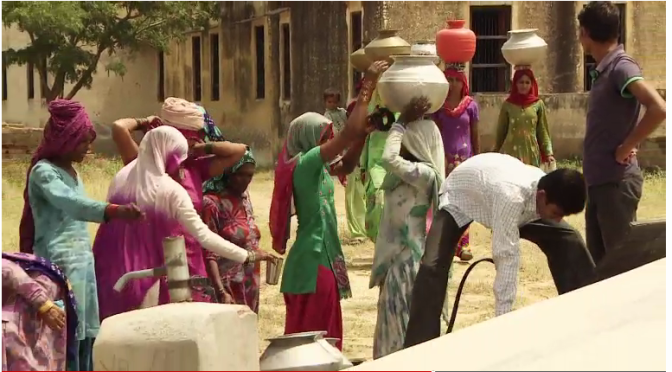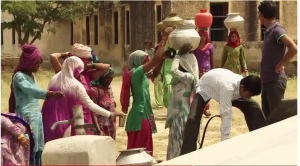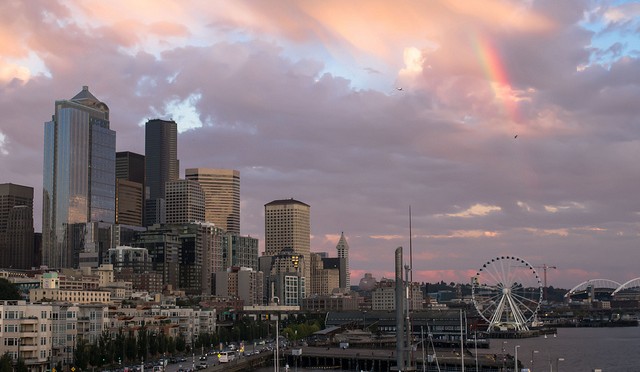 Even with the recent rains, drought conditions still persist with water shortages in Western and Eastern Washington.
Even with the recent rains, drought conditions still persist with water shortages in Western and Eastern Washington.
Saving Water Partnership is a group of local water utilities including Seattle, Tacoma, and Everett Public Utilities, that has been campaigning through television public service announcements, asking customers to “reduce shower times, only do full loads of laundry and dishwashing and fix leaky faucets”. Efforts have reduced water consumption an average of 14%.
Seattle Public Utilities offers rebates in limited areas of Seattle for rain gardens and small rainwater collection irrigation systems through the RainWise program. City of Tacoma offers rebates up to $2,000 to eligible homeowners in two water districts. Everett Public Utilities offers training workshops on rain gardens and rain barrels.
Other cities throughout the country are taking water conservation to the next level.
Saint Paul’s Lowertown Regional Ballpark (currently under construction to be home to the St. Paul Saints) will harvest rainwater for indoor use—Minnesota’s first such municipal project. (See video)
RainBank Rainwater Systems shared information about a rainwater pilot project in Albuquerque New Mexico that now is underway.
The city of San Marcos Public Works Department has been offering up to $5,000 for installations of rainwater collection systems to homeowners and commercial properties as much as $20,000
King County Health Department allows rainwater collection for potable use. Snohomish and Pierce counties do not. The Saving Water Partnership web site says nothing about rainwater collection. It’s time for these water districts to take water shortages seriously and follow examples of other progressive cities that are recognizing the value of investing in rainwater collection and begin promoting how to prevent future water shortages.



 Bhagwati Agrawal has been named a 2015 Top 10 CNN Hero.
Bhagwati Agrawal has been named a 2015 Top 10 CNN Hero.
 October 1 is the official start of the rainy season in Washington State and even though annual rainfall met expectations, another dry, warm winter is predicted for the region. This means that the snowpack – the summer rain bank (see what I did there?) will be missing in action for another year.
October 1 is the official start of the rainy season in Washington State and even though annual rainfall met expectations, another dry, warm winter is predicted for the region. This means that the snowpack – the summer rain bank (see what I did there?) will be missing in action for another year.